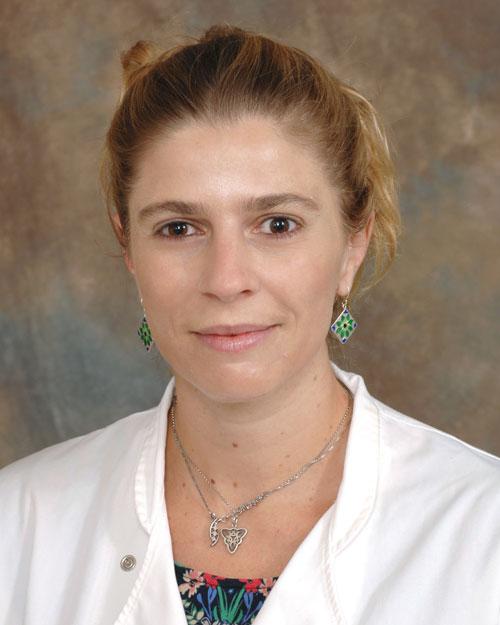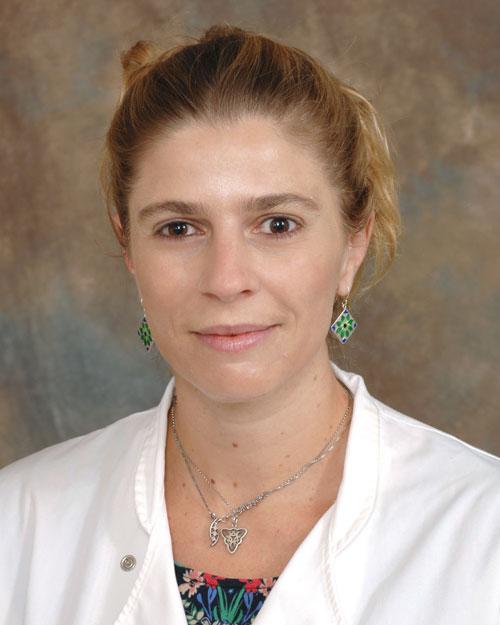
Credit: University of Houston
You've probably seen the late night ads and the onslaught of cosmetic marketing – hyaluronic acid or hyaluronan, touted as the "fountain of youth," the best moisturizer or skin plumper on the market. It turns out, this naturally occurring molecule, with high concentrations in the eyes, is necessary for creating stem cells in the limbus, the border of the cornea and whites of the eye (sclera). Limbal stem cells regenerate the cornea after serious corneal injury. Patients who lack these cells and their environment develop a condition called limbal stem cell deficiency which causes opaque corneas.
"Our hope is to use the knowledge of hyaluronan in creating stem cells to improve the treatment of patients with limbal stem cell deficiency," said assistant professor of optometry Vivien Coulson-Thomas whose research is supported by a $1.9M grant from the National Eye Institute.
She previously discovered that hyaluronan in the eyes is present exclusively in the corneal limbus.
"This grant is to look at how the hyaluronan creates limbal stem cells and we will also look at whether we can take a cell, put it on a hyaluronan layer, or substrate, and create new stem cells in the lab," said Coulson-Thomas.
Stem cells, the body's version of cells on reserve, exist in a nonspecific state until called upon to transform into the kind of cell that can produce new body tissue for either maintenance or to repair an injury. Every cell needs the proper environment to grow, and Coulson-Thomas is exploring what environment corneal stem cells need to do their job and then recreate that environment in patients where it has been damaged.
"The environment, called the extracellular matrix, can make a stem cell turn into something else. If you change the environment, you change the cell," said Coulson-Thomson, who has studied the extracellular matrix for 20 years, one of the few researcher experts in this understudied field. The cell itself influences what is in the extracellular matrix and one of those things is hyaluronan.
Substantial evidence shows that the cornea contains a limbal stem cell niche containing limbal stem cells, which are vital for reconstituting the corneal epithelium after injury. Injury to the cornea leading to substantial damage of the niche may decrease the overall number of limbal stem cells, reducing the ability of these cells to resurface the corneal epithelium. In severe cases this can lead to limbal stem cell deficiency, a serious medical condition.
Even if a patient has a few remaining limbal stem cells, its extracellular matrix is filled with scar tissue, so the cells will not remain stem cells. Coulson-Thomas will explore increasing stem cells by determining the ideal substrate layer for their growth in a petri dish.
"If you put the stem cells on plastic dishes with environments completely foreign to the cells, not all the cells will stay stem cells, they're going to become other kinds of cells, and then who knows what kind of cells will eventually be put into a recipient," said Coulson-Thomas. Her method to control the outcome includes expanding substrates with hyaluronan and then measuring the percentage of cells that remain stem cells.
###
Media Contact
Laurie Fickman
[email protected]
713-743-8454
@UH_News
http://www.uh.edu/news-events
Original Source
http://www.uh.edu/news-events/stories/2018/october-2018/103018-coulson-thomas-corneal-stem-cells.php





